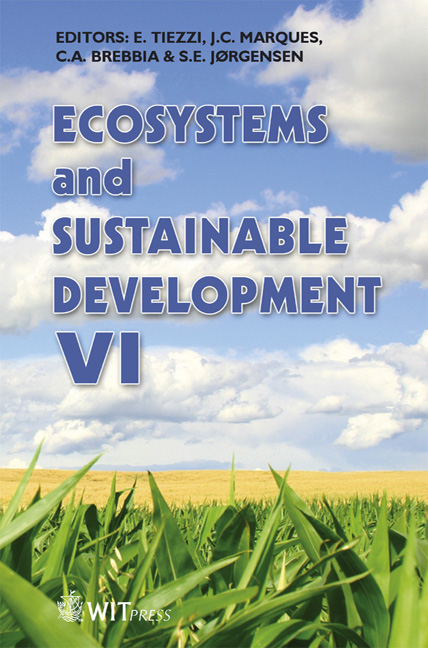HIV/AIDS Morbidity/mortality, Access To Social Support And Household Utilization Of Natural Resources In Ngamiland, Botswana
Price
Free (open access)
Transaction
Volume
106
Pages
10
Published
2007
Size
351 kb
Paper DOI
10.2495/ECO070291
Copyright
WIT Press
Author(s)
B. N. Ngwenya & O. T. Thakadu
Abstract
The dynamics of household response to AIDS impacts are complex and differ according to the severity of illness, multiplicity/frequency of death occurrences, availability and access to support structures as well as survival strategies embedded in the context of culture and biodiversity. This paper focuses on household responses to AIDS related stressors and utilization of natural resources by communities involved in Community Based Natural Resource Management (CBNRM) projects in Ngamiland, in north western Botswana. The study involved two single village and two multi-village community trusts. Data were collected through a simple random sampling of 121 households obtained from the 2001 national population census enumeration areas. The results showed that households in CBNRM villages have diverse sources of livelihoods such as farming; basket making and government assistance, sale of grass and reeds, fishing and remittances. More than half of sampled households had orphans, 68% had a continuously ill person (CIP) in the last five years, and, of these, 63% had died within the past year. Affected households received support primarily from the extended family, neighbours, church groups and friends. The study concludes that, in Ngamiland, access to external/formal and internal/informal social support mediates HIV/AIDS related morbidity and mortality, and helps households cushion the environmental impacts of AIDS by acting as a buffer against selection and over utilization of natural resources. Keywords: HIV/AIDS, CBNRM, natural resources management, social support.
Keywords
HIV/AIDS, CBNRM, natural resources management, social support.





